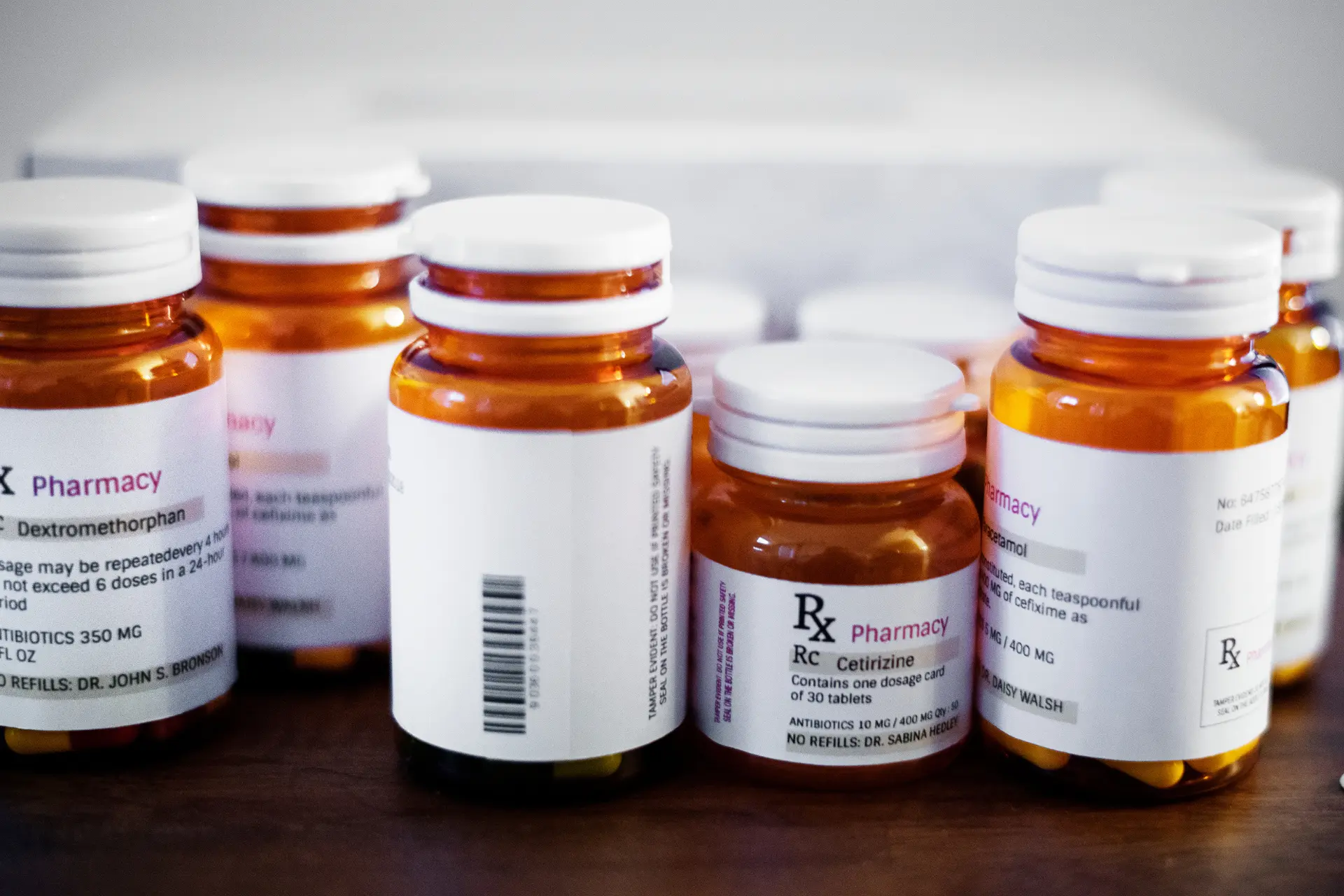The six forces that make complete and accurate packaging data non-negotiable for CPG businesses
Every company delivering consumer food & beverages, household goods, beauty and health products or any other CPG consumer packaged goods should be intensely aware of the maelstrom of regulatory change that is already impacting them operationally and financially, and will continue to do so.
Regulatory imperatives are often driven ‘backwards’ from the end point of packaging waste, with the aim of reducing this in volume and environmental impact.
These changes don’t just impact brands but all those in their production and supply chain involved in getting consumer packaged goods to the market.
Beneath all these sit a groundswell of changing consumer expectations which is helping drive positive changes even beyond those mandated by regulators.
Consumers want even more. They expect and are buying from producers who demonstrate real commitment to sustainability.
In their products they are asking for less packaging, better packaging, and packaging made from more sustainable materials – although inevitably resist the retail price implications of such changes.
“Today’s consumers are another pressure point since they no longer see sustainable products as simply an alternative. They are partly basing their purchasing decisions on the sustainability of products and companies.” McKinsey
Awareness doesn’t always equal action
Although aware of changes, not every CPG consumer packaged goods company is yet fully equipped to manage the impact these will have on their business.
To recap, there are at least six significant forces at play:
- Extended Producer Responsibility (EPR) regulations which are intended to ↑ Traceability ↓ Packaging waste
- Plastic Packaging Taxes (PPT) which are intended to ↓ Overall plastic use ↑ Recycled plastic usage
- Post Consumer Resin usage (PCR) encouragement with the aim of ↑ Recycled plastic ↓ Virgin plastic usage
- Deposit Return Schemes (DRS) which are driving ↓ Single use plastics ↑ Plastic recycling
- Reuse & Refill schemes (R&R) which seek to to ↑ Circularity ↓ Packaging waste
- Climate related financial disclosures (ESG) driving companies to ↑ Transparency ↑ Responsibility
Changes to key regulations in the UK such as Extended Producer Responsibility, or the introduction of a unified national DRS, may be temporarily on hold while its new Secretary of State for the Environment gets his feet under the table.
European Parliamentary elections may have caused a slight, planned pause in progressing the Packaging and Packaging Waste Directive which is designed to harmonise Member State measures.
However, this does not alter the inexorable changes at play everywhere. Nor the raft of existing regulations– such as the many existing DRS schemes in play across European countries. These are also paving the way for comprehensive plastic packaging taxation that will impact CPG consumer packaged goods companies significantly.
The big regulatory ‘blocs’ create extra pressure over and above national measures. The European Union is expected to finalise new regulations under the CSRD sustainability reporting Directive soon. The US will finalise the SEC’s climate-related disclosures. The EU plays an interesting role: for example, the EU’s existing plastic levy has been helping fund waste management across the Union. It leaves individual states to bring in their own specific plastic packaging taxes. The proposed PPWD will act as an umbrella across numerous individual EPR schemes.
Some individual countries are being more proactive in connecting the different forces within their regulatory changes. Current Spanish and proposed Italian approaches both provide dynamic incentives to increase recycled PCR content beyond 30%, for example.
How regulatory change unfolds in APAC, MEA and LATAM is still unclear. Limited measures are in place or emerging, mainly around EPR, labelling and materials, and single use plastics.
Accurate consumer packaging data demands a dedicated solution
CPG companies need accurate and complete data about packaging and product composition, materials, use of materials and sources of materials.
Otherwise, they have little hope of navigating the expanding maze of reporting requirements. Let alone managing the changes demanded by a changing marketplace. Nor of meeting the demands of retailers, in a supply chain which itself must respond to regulation.
In recent weeks, Unilever, PepsiCo and Colgate-Palmolive have all announced that they will fail to meet longstanding packaging sustainability goals. Although CPG consumer packaged goods companies are not alone in struggling to keep pace with sustainability change. Failures abound in meeting targets for lowering emissions and cutting ties will polluting industries. As at mid-2024, the UN’s Sustainable Development Goals are also falling behind. This includes Goal 12 which aims for responsible production and consumption and focuses on recycling.
Failures in meeting goals will have many sources for CPG businesses. Almost certainly, insufficient oversight and control over all the different initiatives and decisions about packaging material will be playing a role.
The need for a centralised solution that can deliver a single source of truth and enable companies to manage their sources, specifications and suppliers around packaging is now enormous.
It requires better collection, collation and reportability of critical product and packaging data across every SKU.
To see, understand and report the composition and impact of your packaging, you need to bring together complete, correct and comprehensive information. To exert real control, it must span everything that goes in the pack, on the pack, and which describes what the pack is made of.
______________
Deloitte recently suggested these key agenda items for boards and operational/supply chain leaders in CPG consumer packaged goods companies:
- How do we establish governance and disclosure systems for new sustainability regulations?
- Are we investing enough in supply chain data systems to support sustainability and traceability reporting requirements?
Consumer Products Industry Outlook – Deloitte 2024
______________
Existing enterprise ERP solutions were simply never designed for this purpose. They can connect critical master data about everything from finance to inventory. But they are not ready to manage packaging and product specifications and enable collaboration around them. It requires a specific system to deliver a centralised and consistent single source of truth about products and packaging. Only this enables effective control, consistency and compliance across a CPG consumer packaged goods organisation. It must be one that can integrate seamlessly with wider enterprise systems to ensure that Master Data is synchronised accurately and efficiently across systems.
4Pack was designed for this purpose. It is a software solution that helps food, beverage and CPG consumer packaged goods brands and businesses with an evolving array of SKUs to streamline and simplify how they launch, manage, and package their products. It unlocks their ability to maintain full visibility, traceability, and reportability of packaging and product data.




